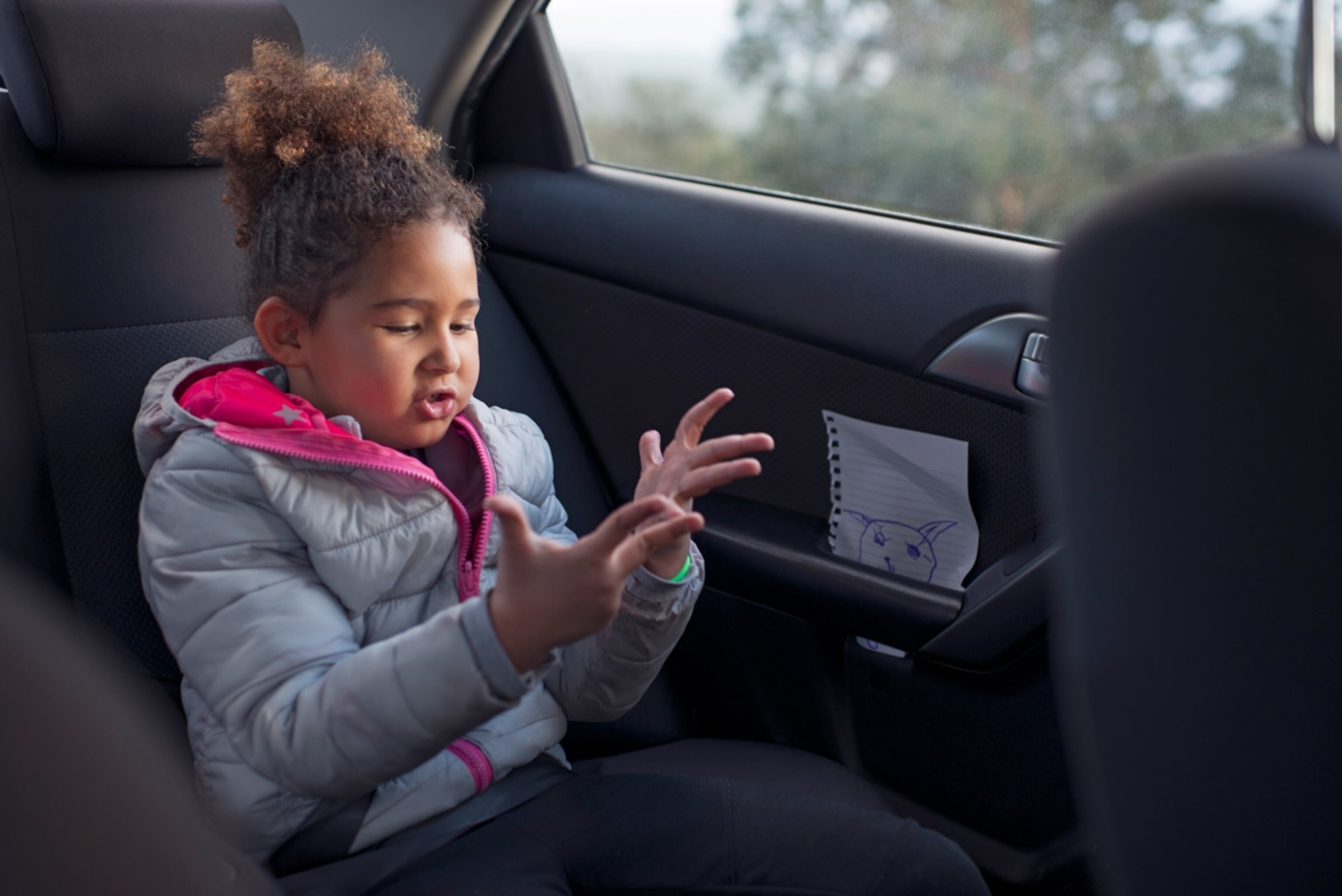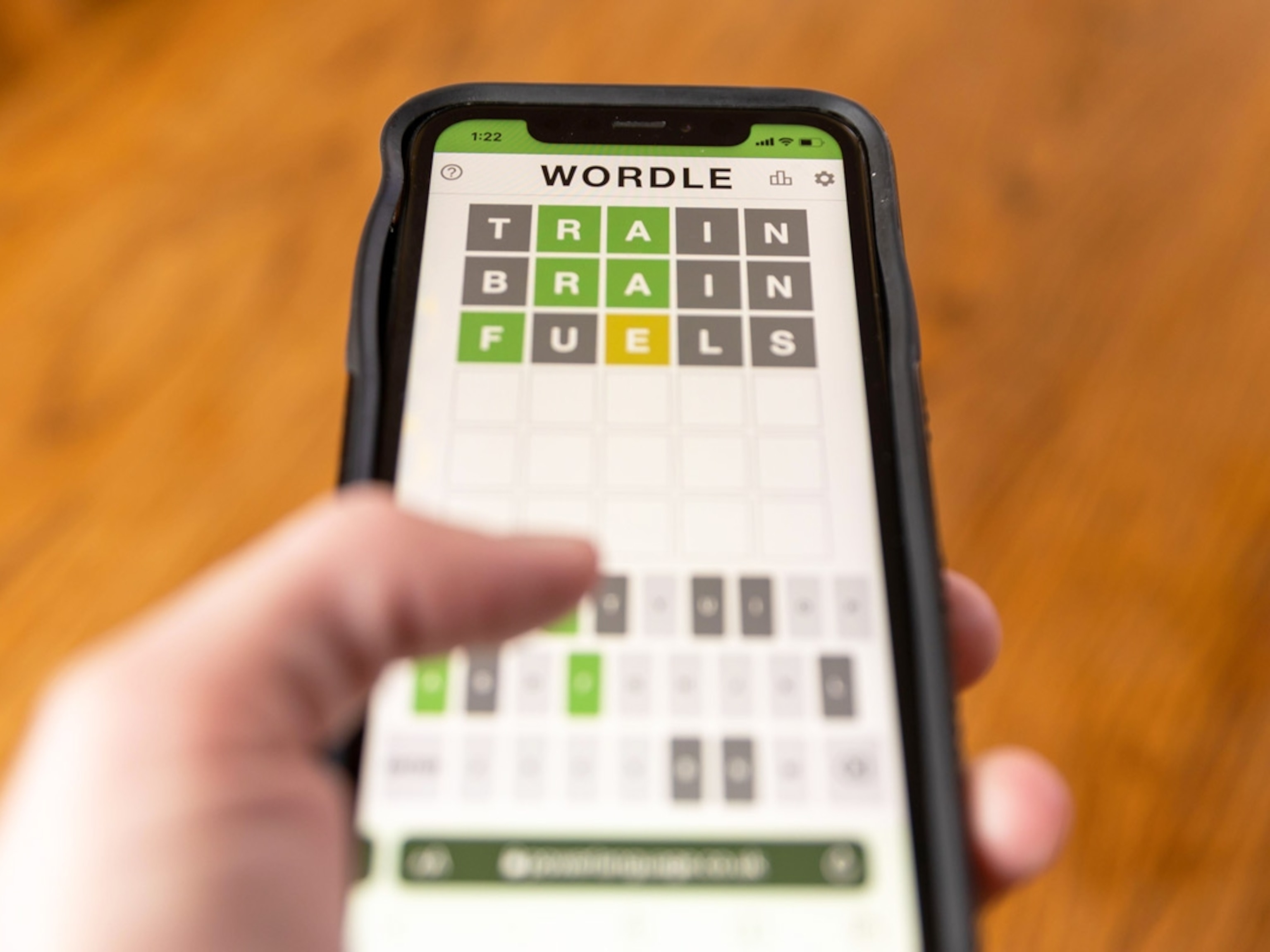
Making math fun on your next family trip
We promise, it can totally happen. Here’s why having fun with numbers on vacation can be beneficial for kids.
It’s the rare child who’ll choose an afternoon of math homework over a family vacation. That’s partly because of the negative way that we talk about and teach math, says Chris Emdin, a professor of education at the University of Southern California.
Math, he says, can absolutely be a lot of fun. The problem, he says, comes from believing that being good at math is all about getting the right answer. “It’s not whether you get something wrong,” says Emdin, author of Stem, Steam, Make, Dream: Reimagining the Culture of Science, Technology, Engineering and Mathematics, “but how innovative and creative you are in trying again to get the answer.”
The key, Emdin says, is rethinking how math is taught—and travel is a great way to do that. Taking kids out into the world, away from desks and textbooks, offers opportunities to think creatively and see the relevance of what they’re learning in real time.
“Math is everywhere—it’s just a language. And like any language, you become more fluent in it the more you use it,” Emdin says. “So if we use it on our road trips, in the games that we play, young folks could learn to be more fluent in the language of mathematics as well.”
Wherever your destination, these ideas for showing kids that math is relevant while on vacation can help children bring back the ultimate souvenir: a comfort and confidence that math can be fun.
Go the distance. Road trips are perfect vehicles (pun intended) for having conversations about speed, distance, and time. Keep it simple with younger kids (Is that car going faster or slower than we are?) or add a few calculations for older kids. (If we’re traveling at 65 miles an hour, how long will it take us to reach Grandma’s house? If a full tank of gas takes us 400 miles, where will we need to fill up again?)
On flights, flip to the map channel on your in-flight entertainment monitor and try to figure out how much time is left or how fast the plane is going based on the departure and arrival time.
Make math a game. That race-car game they’re glued to on the flight might have a speedometer up top (How fast are you going? How much faster was your sister going?) In the back seat, card games like “Go Fish” offer a chance for conversation as well. (How many pairs do you have? If you and your sister teamed up, how many pairs would you have altogether?)
Other number games can pass the time. For instance, add the numbers on a chosen license plate, or make the game more challenging by assigning each letter a number (A=1). Or pick a “magic number” and try to find it throughout the day in addresses and street signs. You can also try to sequentially find numbers up to 50 throughout your trip.
Emdin says it’s important that the grown-ups play along as well to show children that math is relevant in their everyday lives. “Everywhere numbers appear, we need to have conversations about it.”
Track it. How many license plates can we find from out of state? How many red cars do you see? How tall do you think that truck is compared to that small car? Asking kids to chart, track, or count things keeps them busy, but it also puts concepts like greater than, less than, and equal to into perspective.
Tracking things also means they’re using math while paying attention to their surroundings. For instance, kids can track how many cities they pass with populations under 5,000, or how many people are between the ice cream shop and the parking lot. Keep it fun and relevant, Emdin says.
Add some movement. Give each family member a pedometer (Pacer is a great free app option) and turn your tourist steps (or bike rides, or Segway tours) into a competition. Set goals, then throughout the day calculate how much farther you need to go to accomplish them. How much more or less did Dad walk than Mom? How much farther did we pedal than yesterday?
You can even use mathematical terms to encourage kids to be active when you’re waiting in line or taking a road-trip stretch break: Who can make themselves the largest? The smallest? Hop on one leg the longest? The actions keep it fun, but the numbers help teach size and comparison.
Learn the language of numbers. Teach kids how to count in the language of the place they’re visiting, or keep an eye out for coins or bills that look different from the ones at home. If you’re staying domestic, see what international communities call your vacation spot home and learn some numbers in that language.
Map it out. Map apps have their place, but unfolding a paper map and marking out the route will get everyone excited about the next leg of your trip and teach children things like calculating distance and estimating time.
Add—and multiply—it up. Have kids guess how many stairs are in a skyscraper, how fast they think a roller coaster is speeding, or how many people are at a restaurant. Give them hints via equations: If there are 15 stairs in between each floor, and there are 30 floors, how many stairs are there? If eight tables hold four people, and 10 tables hold six people, how many people are there?
Talk money. Giving kids a little money to manage teaches everything from estimating change to budgeting. Younger kids can count out enough coins for a small souvenir. For older kids, carve out one day when they make the plans based on a budget you’ve set, everything from where you’ll eat (Don’t forget the tips!), how you’ll get around, and the activities you’ll do. Emdin says this will keep kids interested in numbers as well as empower them to make better financial decisions.
Trips to the grocery store or bank can offer more math-and-money lessons. Before your trip, have children make a list of items they buy at home (a can of soda, a pack of gum), then compare prices when you’re at your destination. If you’re traveling abroad, have them change their allowance into local currency. (You can discuss exchange rates as well as bank fees!)




